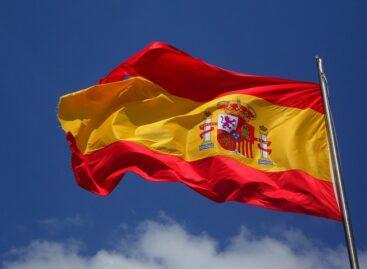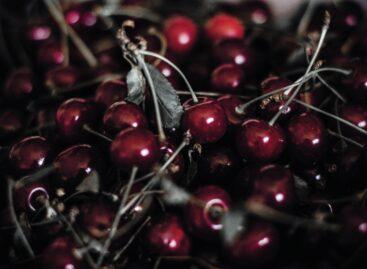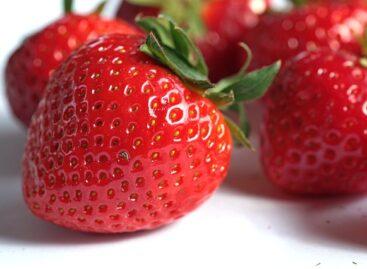Hot summer with ice cream
The ice cream market, which stagnated during the pandemic years, has barely recovered, and it already has to deal with another, even more complex crisis, pointed out the Association of Hungarian Confectionery Manufacturers. Although turnover is expected to increase due to increasingly longer and hotter summers, due to the energy and climate crisis, geopolitical conflicts, intermittent supply, the NETA levied on all ice creams, including sugar-free ones, and falling prices as a result of the weakening of the forint, the ice cream selection may become narrower, the and innovation may slow down.

Taste of ice cream lovers is barely conservative worldwide
“Ice cream contains the whole world, from solid ice crystals, which greatly influence the enjoyment value, to fat droplets and liquid components to gaseous air bubbles, it exhibits all states of matter,” said Sándor Sánta, president of the Association of Hungarian Confectionery Manufacturers, at the organization’s summer ice cream market trends presentation at his press conference. Maybe that’s why we haven’t been able to resist the temptation of cooling sweets for a hundred years now.
At the same time, we are talking about a particularly impulsive product category, in the sale of which presence at the point of sale is unavoidable, physical visibility is key. It is no coincidence that sales showed a temporary stagnation in the last two years of the pandemic.
The world-wide ice cream market, which is worth about 70 billion dollars, is expanding by an average of 5 percent per year, and with a 230-250 billion HUF market share, it is the third largest segment with a 17 percent share of the domestic confectionery market.
Tastes and slaps
The taste of ice cream consumers in both the international and domestic markets is quite conservative. Globally, vanilla is consistently the winning flavor, followed by chocolate and fruit on the podium. Customers are looking for traditional ice creams in take-home, boxed packaging, but the segment of handcrafted products is expanding the fastest. The turnover of free ice creams is also increasing, but their market share is not significant.
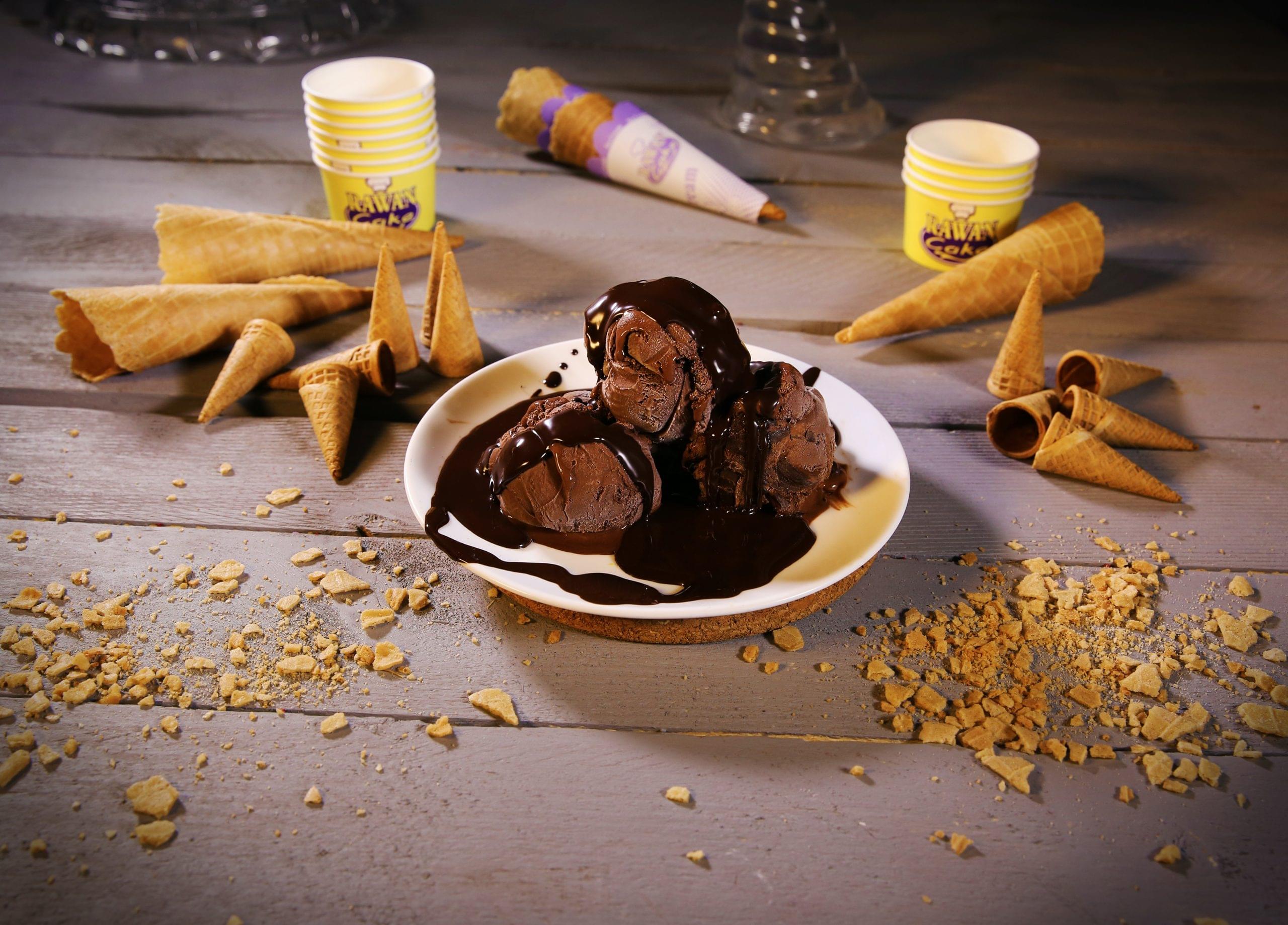
Hungarians love chocolate ice cream more than any other flavors
The Hungarians’ favorite is chocolate, but in addition to the basic flavors, vanilla and strawberry, domestic consumers are also looking for specialties, most recently salted caramel was a great success. Although traditional products still account for more than 95 percent of sales, the domestic market is colored by a growing variety in terms of taste, format, size and packaging.
The most popular are 100-249 milliliter ice creams, which account for 30 percent of the market, but multipacks (already 21 percent of turnover) and “pint glass” packaging are also spreading, and the share of take-home, boxed packaging already reaches 48 percent. Although the presence of large manufacturers is strong, the turnover of own-brand products has now reached 40 percent of sales – the more conservative taste of consumers is thus associated with surprising brand loyalty.
However, due to cryogenics, the storage and transport of ice cream is also extremely energy-intensive, which is already a serious challenge in the climate crisis, and the situation is exacerbated by the fact that fuel, sea and road transport, as well as basic and packaging materials are calculated in euros – rising inflation and the weakening of the forint – price aggravates it dramatically. The level of price increases in the food industry as a whole already exceeds 50-100 percent, but due to disruptions in global supply chains, candy and ice cream manufacturers are also struggling to procure raw materials that are at risk due to climate change, such as cocoa, coffee and vanilla.
“Comparing their purchasing prices on an annual basis, the domestic ice cream manufacturers experience an even higher price increase,” said Tischer Thomas, development director of the nearby Gelato Italiano, in his presentation. For example, carob seed flour, which binds water and thus helps the formation of ice crystals as a stabilizer, now costs 600 percent more, but the company already pays 100-170 percent more for almost all basic and packaging materials.
So far this year, the manufacturer has responded to the challenges by raising prices in the middle of the year, unlike previous practice, and not increasing the production volume at the beginning of the season, so that it needs a smaller workforce, less external storage and transport capacity, as well as basic and packaging materials only acquires it for existing orders of customers accepting immediate payment, said the executive. As a result, the delivery process slows down, but the unfavorable processes could lead to such a drastic increase in the price of ice cream next year that the demand will decrease, and the manufacturers will be forced to narrow down their product range and postpone their planned developments.
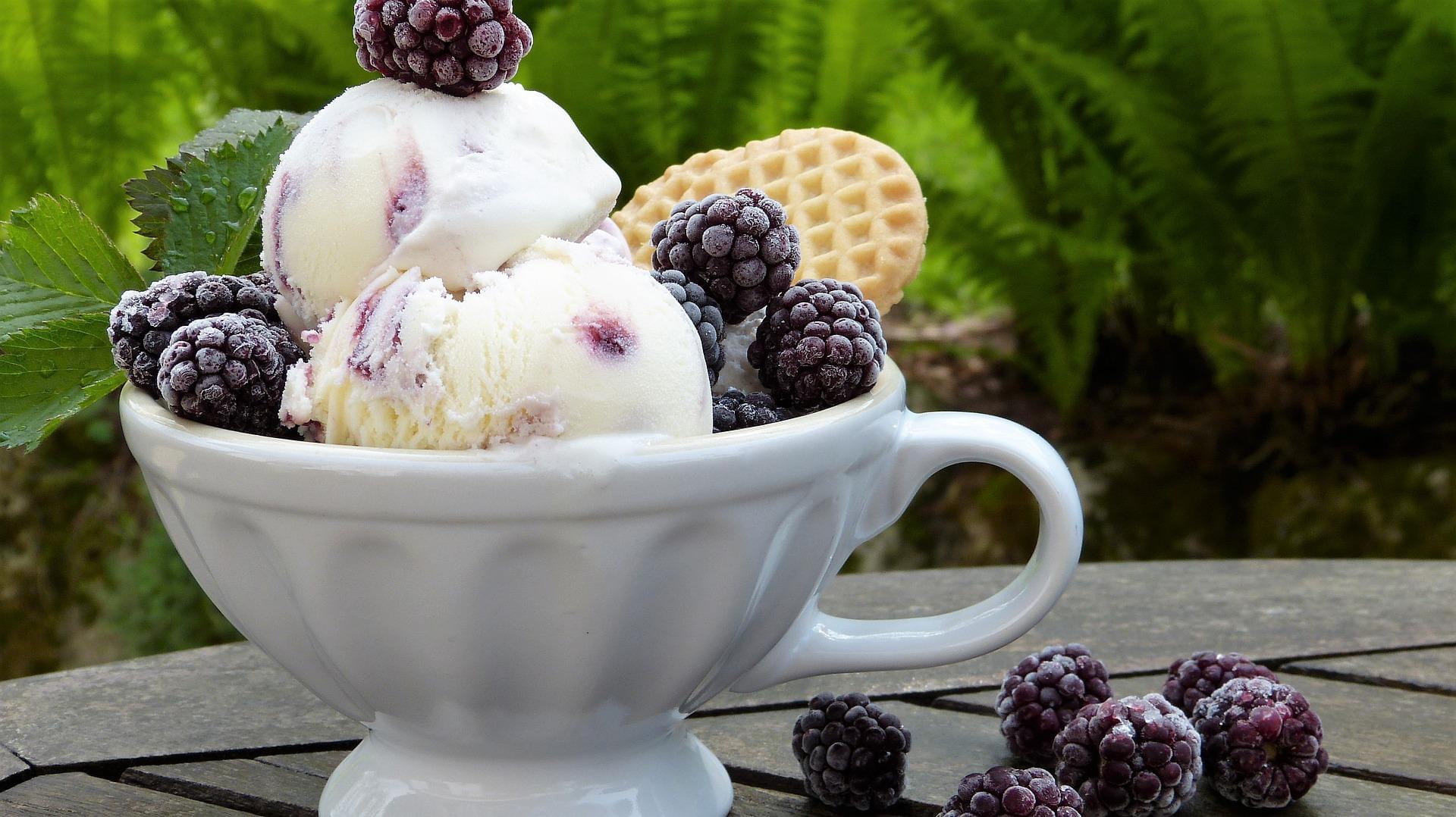
Innovations are on the way
The taste of tomatoes
“Icing on the cake is that there may be a shortage of sugar in Europe as a result of market anomalies. In our region, which uses 16.5 million tons of sugar per year, 70 percent of the consumption is linked to the food industry, to 15,000 companies that employ a total of 700,000 people,” said Gábor Intődy, Secretary General of the Association of Hungarian Confectionery Manufacturers.
Following the intervention of the World Trade Organization and the regulation of the European Union’s sugar market, the number and production of European sugar factories decreased by almost half between 2006 and 2017, and our region thus changed from an exporter to an importer. Several other factors – declining beet plantations, the climate crisis, plant diseases, declining beet and corn yields – are also contributing to the dwindling supply of sugar and isoglucose (corn syrup), while imports are hampered by high tariffs and tight quotas. .
There are also encouraging developments in the market. Tischer Thomas, for example, highlighted that pastry shops and restaurants have started re-ordering gastronomic ice cream products, whose turnover suffered from closures during the epidemic situation. Therefore, despite the current difficulties, Gelato Italiano is not completely giving up on innovation and is preparing to expand its range of sugar-free products.
In his presentation, Sándor Sánta also gave a taste of the innovations in the ice cream market.
For example, manufacturers are working on non-melting, color-changing and glow-in-the-dark products, as well as developing an “ice cream in ice cream” combination that surprises the consumer with a second taste that melts in the mouth from ice microspheres. In addition, exciting flavors such as tomato can appear on the palette.
Ice cream, patented in the United States in 1923, has gone through several crises in its history – as István Bobay, museologist-historian of the Hungarian Trade and Catering Museum pointed out at the press conference. However, as it stands now, it looks like we’ll have a few more hot summers before we can taste tomato ice cream.
Data sources: Hungarian Confectionery Manufacturers Association, European Confectionery Manufacturers Association (CAOBISCO), German Confectionery Manufacturers Association (BDSI), European Sugar Users Association (CIUS), Nielsen IQ, Allied Market Research
Source: Association of Hungarian Confectionery Manufacturers
Related news
Europe’s breadbasket could become a desert
Spain has become Europe’s leading producer of fruit and vegetables,…
Read more >Hungarian sour cherries in unprecedented crisis: the fruit could become a luxury item
The Hungarian fruit market, especially the sour cherry sector, has…
Read more >The price of strawberries has doubled in ten years
While in 2015, a kilogram of domestically grown strawberries in…
Read more >More new products
GKI analysis: Why do Hungarian households live more poorly than anyone else in the EU?
Imagine that the residents of every EU country shop in…
Read more >KSH: industrial producer prices decreased by 0.7 percent in May 2025 compared to the previous month, and increased by an average of 6.9 percent compared to a year earlier
In May 2025, industrial producer prices were 6.9 percent higher…
Read more >Consumption drives the economy
According to the latest forecast by the Balance Institute, the…
Read more >
